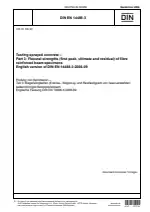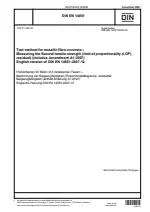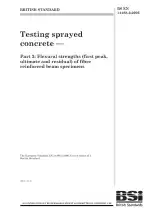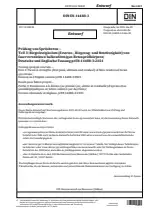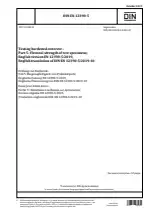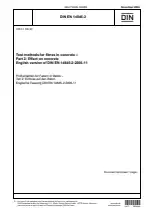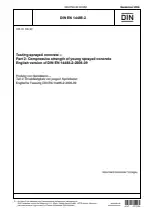Testing Sprayed Concrete - Part 3: Flexural Strengths (First Peak, Ultimate and Residual) of Fibre Reinforced Beam Specimens
Also Known As:
DIN EN 14488-3 is a standard that outlines the testing procedure for determining the flexural strengths of fibre reinforced beam specimens in sprayed concrete. The objective of this standard is to assess the ability of the concrete to resist bending forces.
The testing method involves creating a specimen beam using the sprayed concrete and subjecting it to a flexural load. The beam is loaded until the first peak strength is reached, which represents the initial resistance to bending. Then, the load is increased further until the ultimate strength is reached, indicating the maximum capacity of the concrete to withstand bending. Finally, the load is reduced and the residual strength is measured, which represents the concrete's ability to maintain its structural integrity after experiencing applied load.
This standard provides a standardized and consistent approach to evaluate the flexural strength of fibre reinforced sprayed concrete. The results obtained from this testing method can be used to assess the performance of the concrete and ensure it meets the required specifications and performance criteria.
| Descriptors | Bending strength, Bending tensile strength, Concretes, Construction, Construction materials, Cracking resistance, Fibre reinforced, Flaws, Methods, Mortars, Remaining compression strength, Residual strength, Sprayed concrete, Strength of materials, Stress cracks, Test equipment, Test pieces, Test reports, Testing, Shotcrete, Procedures, Processes |
| ICS Codes | 91.100.30 - Concrete and concrete products |
| Language(s) | English |
| File Size | 245.8 KB |

